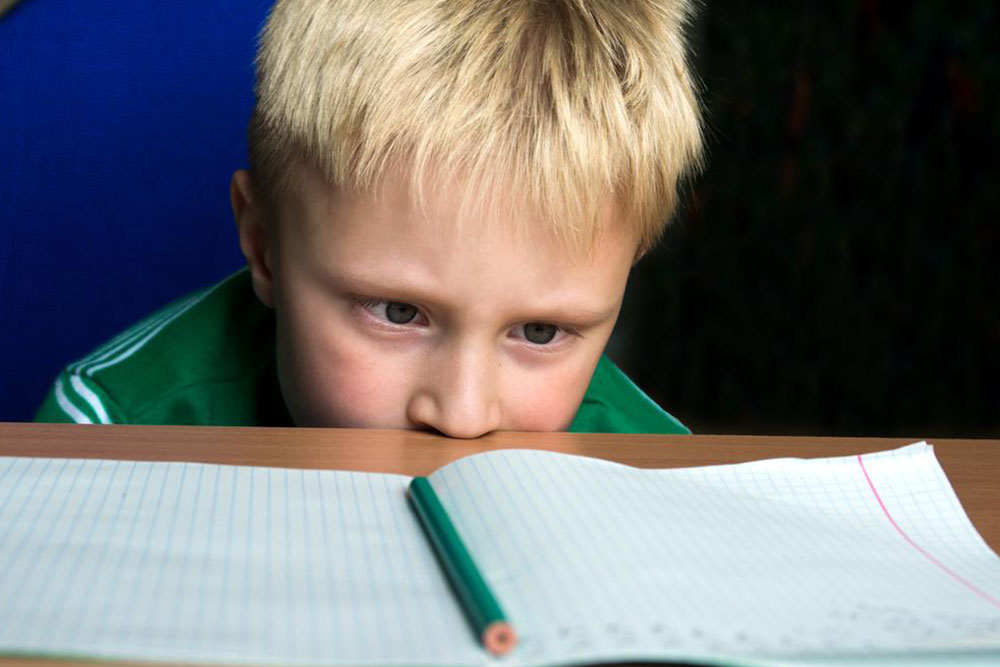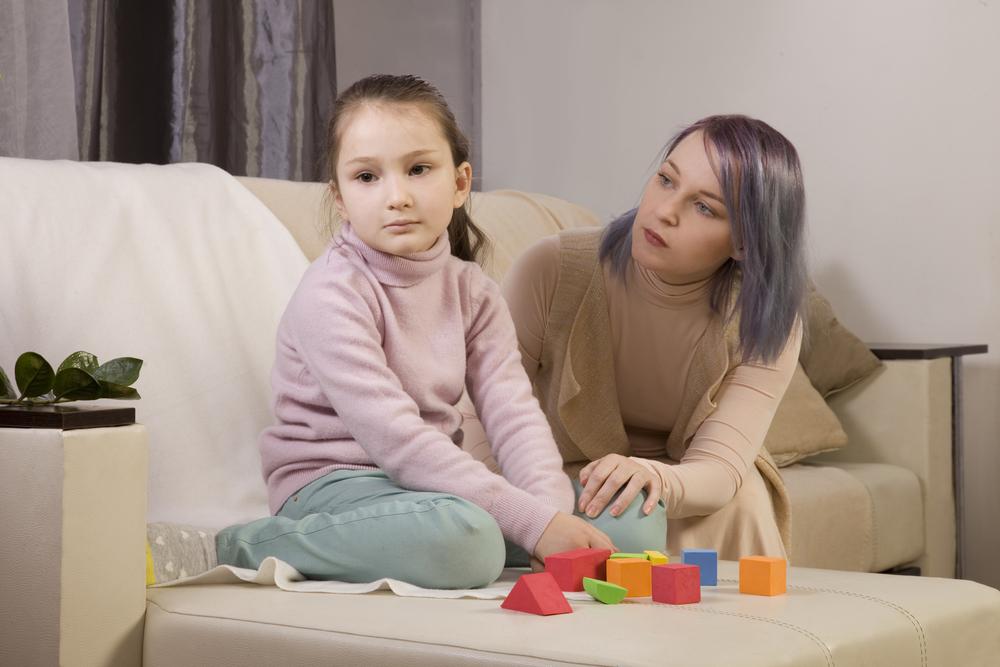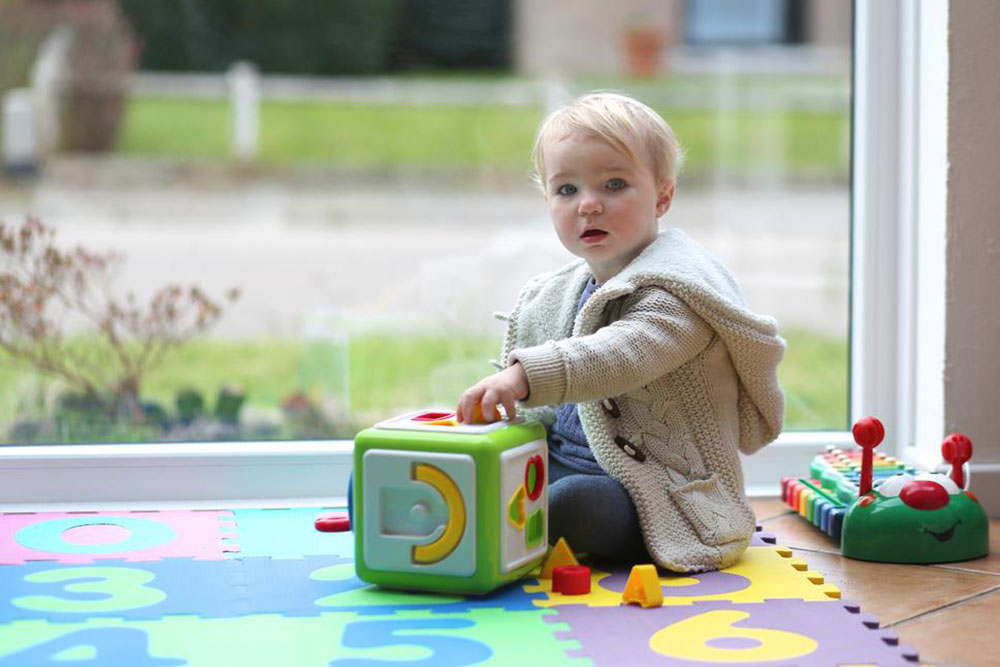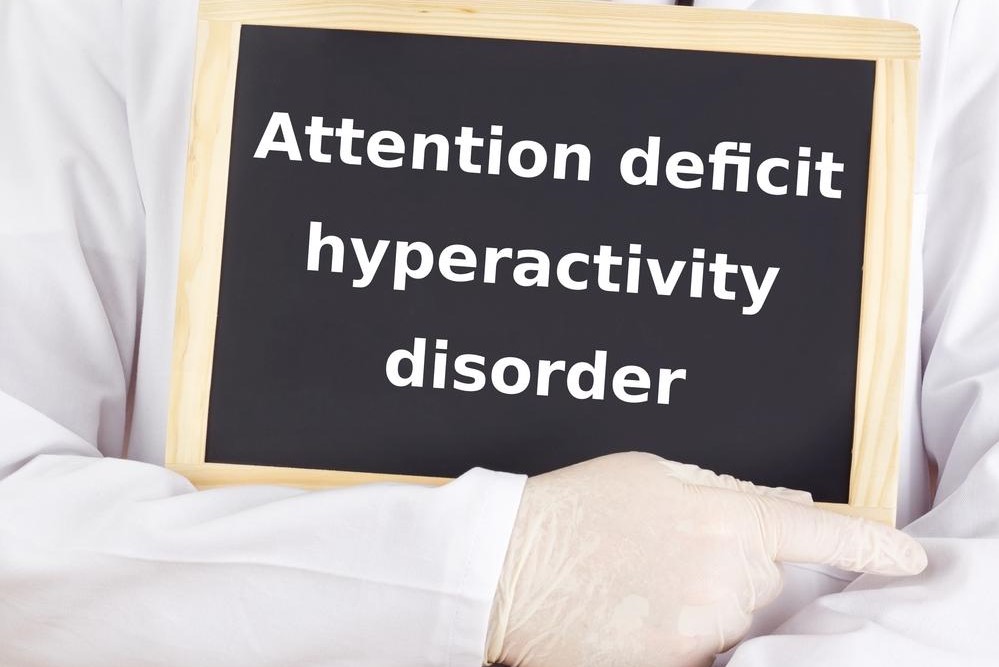Comprehensive Guide to Recognizing Signs of ADHD in Children and Early Detection Strategies
This comprehensive guide offers parents detailed insights into recognizing early signs of ADHD in children, emphasizing the importance of early detection. It covers common behavioral symptoms, monitoring strategies, when to seek professional help, and ways to support children post-diagnosis. Early identification and intervention can significantly improve outcomes, helping children thrive academically and socially. Learn how to observe, assess, and address ADHD symptoms effectively to ensure your child's healthy development and well-being.

How to Identify ADHD Symptoms in Children and the Importance of Early Detection
Parents and guardians play a crucial role in noticing early behavioral signs of Attention Deficit/Hyperactivity Disorder (ADHD) in their children. Recognizing the symptoms early can significantly improve the effectiveness of interventions and support for children with ADHD. While diagnosing ADHD can be challenging, especially in young children, understanding the common signs and how they differ from typical developmental behaviors is essential for providing timely assistance.
Detecting ADHD in children, particularly in toddlers and preschoolers, requires attentive observation of their behaviors across various settings. Typical indicators of ADHD include a persistent pattern of inattentiveness, hyperactivity, and impulsivity that goes beyond normal childhood energy levels. These signs can sometimes be mistaken for energetic play or developmental stages, which makes awareness and proper assessment vital.
Common Behavioral Signs of ADHD in Young Children
Identifying ADHD requires looking for specific behaviors that are more intense, frequent, or persistent than what is considered age-appropriate. Here are some key signs to watch for:
Short Attention Span: Difficulty sustaining focus on tasks or activities, frequently switching from one activity to another.
Difficulty Concentrating: Struggling to stay engaged in activities that require prolonged mental effort; often distracted by external stimuli.
Fidgeting and Restlessness: Constant motion, inability to sit still for long periods, tapping fingers, or squirming.
Impulsivity: Acts without thinking about consequences, interrupting others frequently, or speaking out of turn.
Impatience: Difficulty waiting for their turn, showing frustration with delays or slow progress.
Risk-Taking Behavior: Engaging in potentially dangerous activities without awareness of risks or safety precautions.
How to Monitor and Assess Your Child's Behavior
Parents should systematically observe their child's behavior in different environments, such as at home, during play, and in preschool or daycare. Consistency across settings can be a sign of a behavioral pattern like ADHD. To effectively assess these behaviors, consider using a checklist, such as:
Is your child's behavior similar to that of peers of the same age?
Are these behaviors consistent over time rather than short-term incidents?
Do these behaviors occur during specific activities or at specific times?
Are these behaviors present in various settings, such as home, school, and social situations?
When to Seek Professional Help
If you notice persistent signs of ADHD that affect your child's learning, social interactions, or daily functioning, it’s important to consult healthcare professionals such as pediatricians or child psychologists. They can conduct thorough assessments and provide an official diagnosis if necessary. Teachers and caregivers can also contribute valuable insights by documenting observed behaviors over time.
Early intervention is key to helping children with ADHD develop coping strategies and succeed academically and socially. Proper diagnosis and tailored support plans, including behavioral therapy, educational adjustments, and, in some cases, medication, can make a significant difference in a child's development.
Remember, every child is unique. While some may exhibit hyperactivity or inattentiveness, these behaviors do not necessarily indicate ADHD. Professional evaluation is essential to distinguish between normal developmental behaviors and signs of a neurodevelopmental disorder.
Supporting Your Child After an ADHD Diagnosis
Once diagnosed, creating a supportive environment is crucial. Establish consistent routines, set clear expectations, and provide positive reinforcement for good behavior. Collaborate closely with educators and healthcare providers to develop an individualized plan that addresses your child's specific needs. Encouraging open communication, patience, and understanding will help your child build confidence and develop essential life skills.





